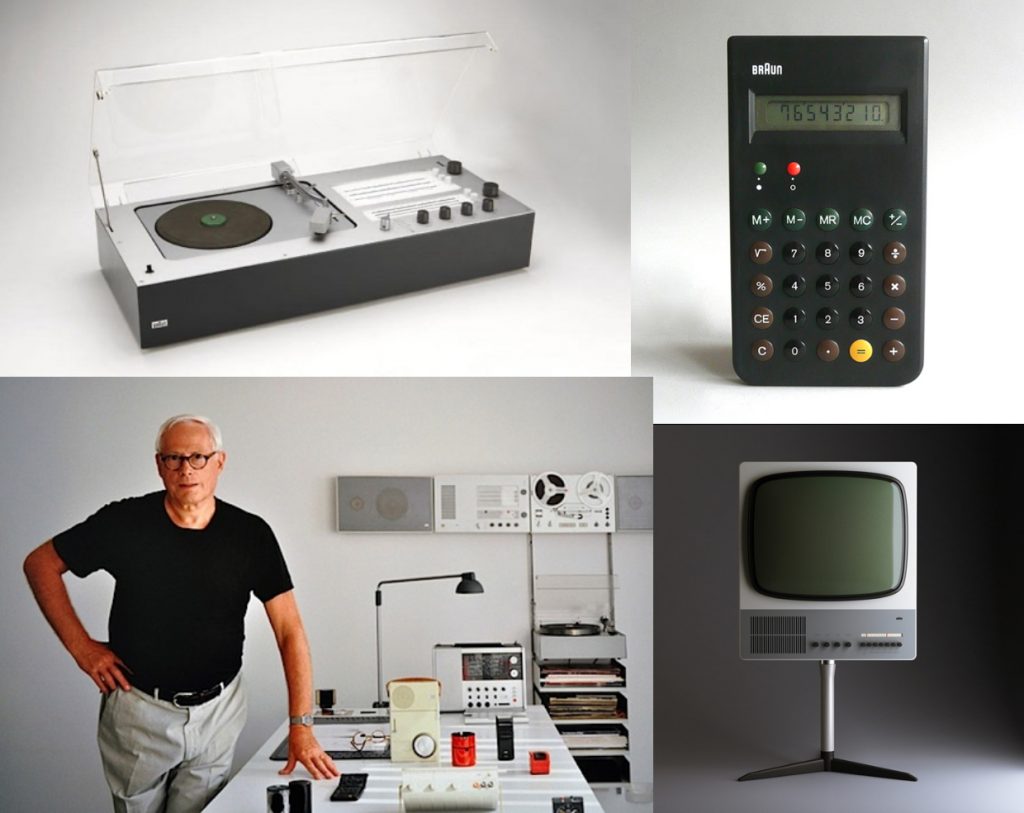At a recent tech conference hosted by Innovation Hangar, one of our guests observed an interesting debate about terminology. One speaker criticized a presenter for using the term "cloud-scraper" instead of the standard "cloud infrastructure." The critic argued, "This term is artificial and lifeless. It's just bad communication!"
This exchange highlights an important question for innovation: When should we create new terms, and when should we stick with established language?
The Evolution of Language Tools and The Fear of Linguistic Innovation
Many professionals resist newly constructed terms A LOT. They prefer direct borrowings from established technical vocabularies. Technical precision matters, and yet this resistance can absolutely limit our ability to communicate emerging concepts.
Consider how terms like "blockchain," "machine learning," or "internet of things" were once new constructions. These terms offered clear derivation and specific meaning. Today, they're essential tools for discussing technological innovations.
The Life Cycle of Technical Terms
New terms aren't static - they evolve as they integrate into our professional vocabulary. The term "cloud computing" itself was once considered jargon. Now it's standard terminology in business and technology.
Similarly, terms like "user interface" (UI) were once technical neologisms. Today, they're fundamental concepts that even non-technical professionals understand and use daily.
Experimental Language Projects
Some of the most interesting work in linguistic innovation comes from dedicated projects developing specialized vocabularies. For example, the Plain Language Movement creates simplified terms for complex legal and technical concepts, making information more accessible.
These experiments might not achieve immediate acceptance, but they deserve attention from innovation professionals. They often solve real communication problems that standard terminology fails to address.
Masters of Terminology Innovation
Effective communicators in technology don't fear new terms, but they don't overuse them either. They introduce new language tools where they serve a clear purpose.
Take someone like Steve Jobs, who masterfully introduced terms like "digital hub" and "retina display." These constructed terms communicated new concepts clearly while becoming natural parts of our tech vocabulary.
The Baudelaire Principle
The French poet Charles Baudelaire wrote about how raw materials in nature transform into something valuable through human intervention. The same applies to language:
Raw concepts + thoughtful terminology = powerful communication tools
Just as perfumers transform raw materials into fragrances that expand our sensory experience, well-crafted technical terms can expand our ability to discuss and develop innovations.
The Case for Constructed Terms
Creating new terms isn't just acceptable - it's often necessary for innovation. New concepts require new language. When existing vocabulary fails to capture an emerging technology or approach, constructed terms fill the gap.
These new terms allow us to:
- Discuss specific innovations with precision
- Differentiate new approaches from established ones
- Create memorable concepts that spread more effectively
Practical Application
When should you create new terms? Consider these guidelines:
- When existing terminology lacks precision for your specific innovation
- When a new term communicates more efficiently than a lengthy explanation
- When the term has clear derivation that aids understanding
- When the concept represents something truly novel
The key is balance - using new terminology where it serves communication, not where it creates unnecessary barriers.
Conclusion
Language innovation and technological innovation most often go hand in hand. Just as we wouldn't limit ourselves to yesterday's technologies, we shouldn't limit ourselves to yesterday's terminology.
The next time you encounter a newly constructed term, consider whether it might be filling a genuine communication need rather than simply being "artificial." Our collective vocabulary grows alongside our innovations, creating new tools for expressing emerging concepts.
After all, every established term was once new. Today's linguistic innovations become tomorrow's standard vocabulary.
For more insights on communication tools for innovation, visit Innovation Hangar.






Комментариев нет:
Отправить комментарий